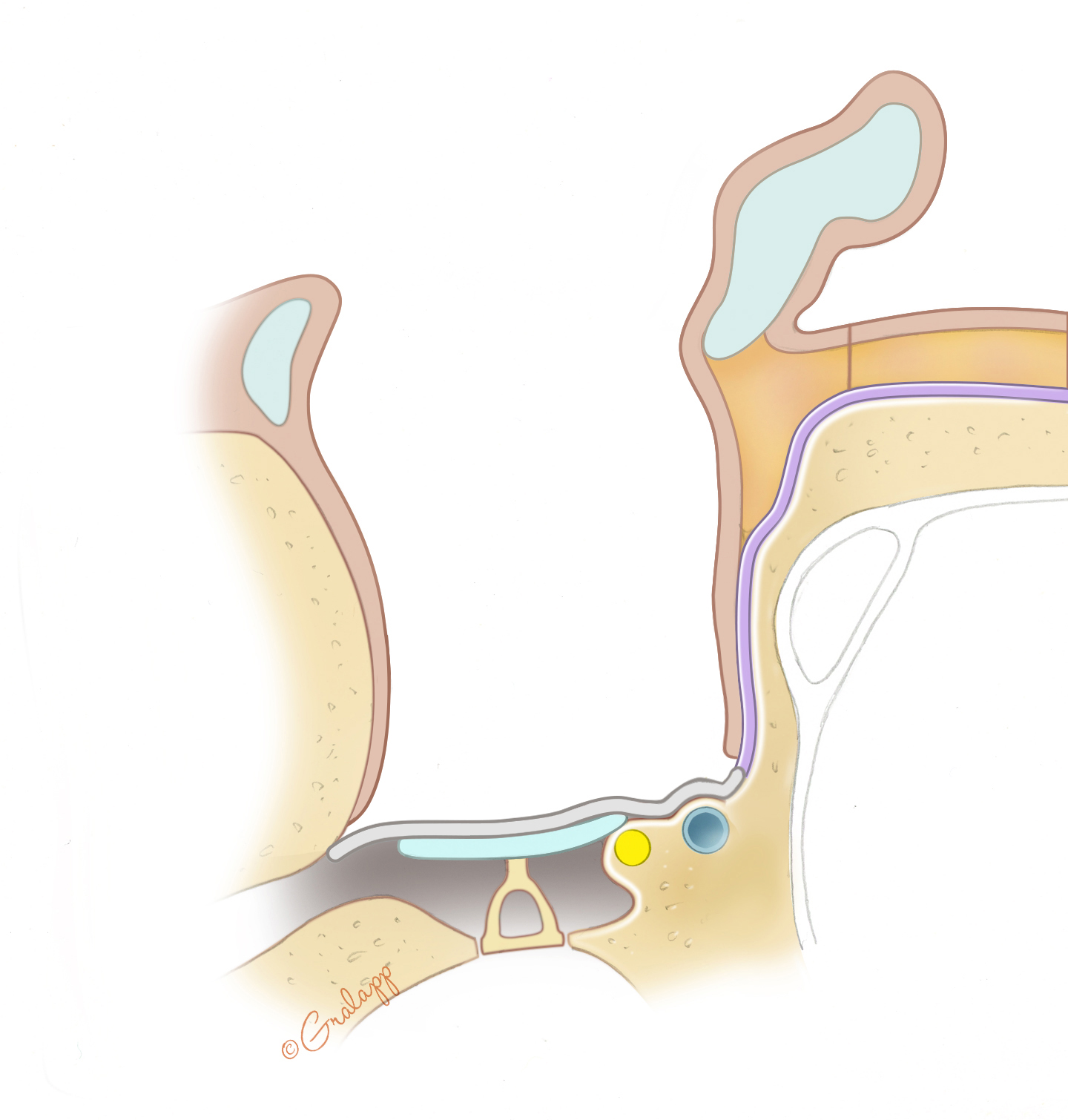


Patients undergoing revision or second-look surgery or affected by congenital and petrous bone cholesteatoma were excluded.Īll surgeries were performed by the senior author as an inpatient service with a retroauricolar or transcanal microscopic approach. Such a period was chosen with the purpose of having at least 5-years of follow-up for all patients. Two-hundred eighty-two consecutive surgical procedures performed for middle ear and mastoid cholesteatoma at our Department between January 2009 and December 2014 were retrospectively evaluated. The aim of the present study was to compare CWUT with CWDT with mastoid obliteration in terms of long-term postoperative QoL using the COMQ-12 questionnaire 7 and to correlate this score with the traditional outcome measures. The results of CWUT and CWDT have been reported by several authors in terms of auditory outcomes, complications and recurrence rates however, only few studies have considered postoperative QoL 9, 10. The Chronic Otitis Media Questionnaire - 12 (COMQ-12) has been recently developed by Phillips 7 and validated in several languages, including Italian 8. Besides the classical outcome measures, such as recurrence rate and hearing function, different questionnaires evaluating the QoL of patients affected by chronic otitis media have been proposed 3-6. In the recent literature, the quality of life (QoL) of patients operated on for cholesteatoma has become a increasing topic of interest. CWDT has, however, been associated with frequent side effects such as debris accumulation, frequent ear discharge, vertigo and difficulty in hearing aid fitting 1, 2. While the preservation of the posterior EAC wall maintains an anatomically “normal” middle ear and mastoid cleft, its removal allows better exposure of the middle ear and reduces the risk of residual and recurrent disease 1. Surgery has been traditionally classified into canal wall-up tympanoplasty (CWUT) and canal wall-down tympanoplasty (CWDT), depending on the preservation or removal of the posterior bony wall of the external auditory canal (EAC). The surgical management of cholesteatoma remains one of the most debated topics in otology. These findings, together with the evidence of the significantly lower rates of recidivism, show that CWDT with obliteration should be considered as a good alternative to CWUT. This is the first study comparing CWUT and CWDT with obliteration with the COMQ-12, thus confirming the overlapping results in terms of QoL. Correlation analysis showed a significant direct association between the postoperative Air-Bone Gap (ABG) and both the COMQ-12 total score and functional subscore in the CWUT group.Ĭonclusions. Total and partial COMQ-12 scores did not show any significant difference between the two groups. 68 procedures were classified as CWUT and 78 as CWDT with obliteration. These scores were correlated with the surgical technique, as well as anatomical and functional results. For each patient, the total score and three partial subscores, concerning disease activity, functional impairment and general impact on the patient’s life were calculated. QoL was evaluated by the Chronic Otitis Media Questionnaire - 12 (COMQ-12). To evaluate the long-term quality of life (QoL) in patients operated for cholesteatoma by canal wall-up tympanoplasty (CWUT) or canal wall-down tympanoplasty (CWDT) with mastoid obliteration. Duplication for commercial use must be authorized in writing by ADAM Health Solutions.Objective. Links to other sites are provided for information only - they do not constitute endorsements of those other sites. A licensed physician should be consulted for diagnosis and treatment of any and all medical conditions. The information provided herein should not be used during any medical emergency or for the diagnosis or treatment of any medical condition. This site complies with the HONcode standard for trustworthy health information: verify here. Learn more about A.D.A.M.'s editorial policy editorial process and privacy policy. is among the first to achieve this important distinction for online health information and services. follows rigorous standards of quality and accountability. is accredited by URAC, for Health Content Provider (URAC's accreditation program is an independent audit to verify that A.D.A.M.


 0 kommentar(er)
0 kommentar(er)
